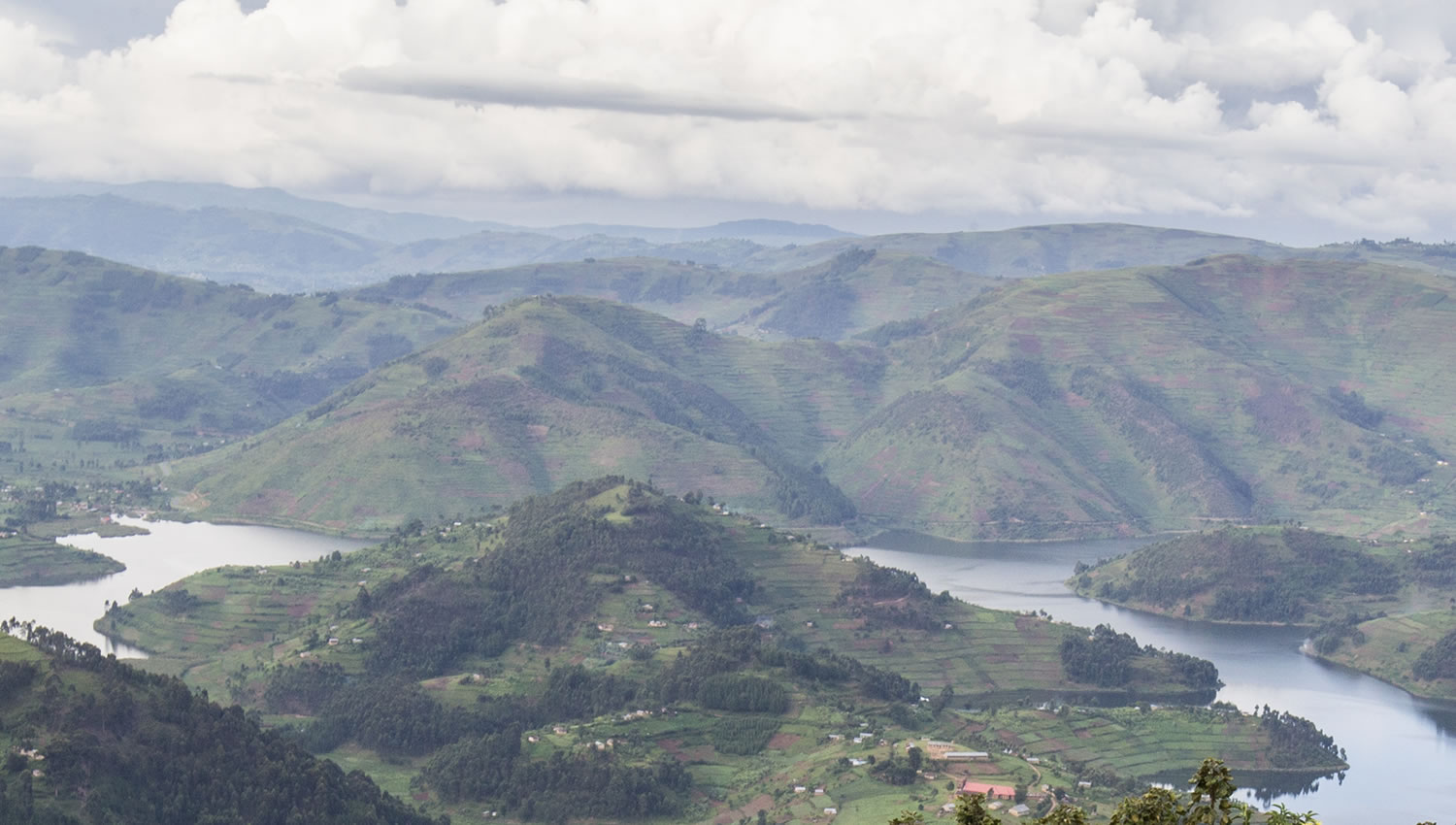Uganda is one of the most captivating tourist destinations on the continent. Its diversity of attractions, hospitable people, rich culture, and breathtaking landscapes make it a must-visit destination for anyone seeking adventure, wildlife, and authentic African experiences. Located in East Africa and bordered by Kenya, Tanzania, Rwanda, South Sudan, and the Democratic Republic of Congo, Uganda is blessed with abundant natural beauty, including lakes, rivers, mountains, and vast savannahs teeming with wildlife. This article highlights key facts about Uganda as a tourist destination, covering its geography, culture, wildlife, climate, and major attractions.

Geography and Location
Uganda is a landlocked country in East Africa, covering approximately 241,000 square kilometers. Despite being landlocked, Uganda is home to Lake Victoria, the largest freshwater lake in Africa, which forms part of the country’s southern border. The country’s landscape features rolling hills, lush forests, fertile valleys, and high mountains, including the snow-capped Rwenzori Mountains, often referred to as the “Mountains of the Moon.” River Nile, one of the longest rivers in the world, starts its journey from Lake Victoria in Jinja before winding its way north toward the Mediterranean Sea. These geographical features make Uganda a perfect destination for nature-based tourism and adventure activities such as hiking, rafting, and bird watching.
Rich Biodiversity and Wildlife
Uganda’s wildlife diversity is one of the key reasons tourists visit the country. It boasts 10 national parks and 12 wildlife reserves, all rich in flora and fauna. The country is home to more than half of the world’s remaining mountain gorillas, found in Bwindi Impenetrable National Park and Mgahinga Gorilla National Park. Gorilla trekking is Uganda’s top tourist activity, attracting thousands of tourists each year eager to experience this once-in-a-lifetime adventure.
In addition to gorillas, Uganda hosts the Big Five; lion, leopard, elephant, buffalo, and rhinoceros—found in protected areas like Queen Elizabeth National Park, Murchison Falls National Park, and Ziwa Rhino Sanctuary. Murchison Falls National Park is particularly famous for the powerful Murchison Falls, where the Nile River forces its way through a narrow gorge to create a spectacular waterfall.
Bird lovers also find Uganda to be a paradise, with over 1,070 bird species recorded. Destinations like Mabamba Swamp, Semuliki National Park, and Queen Elizabeth National Park are known for rare species such as the shoebill stork and the African green broadbill. Uganda’s diverse ecosystems, ranging from wetlands and tropical rainforests to savannah plains, provide ideal habitats for a wide variety of wildlife species.
Cultural Diversity
Uganda’s cultural richness adds to its charm as a tourist destination. The country has more than 50 ethnic groups, each with unique languages, traditions, dances, and cuisines. The Baganda, who live in the central region, are the largest ethnic group and play a central role in the country’s history and politics. Tourists can experience traditional music and dance performances, cultural festivals, and village tours that offer insights into the daily lives of local communities.
The Batwa pygmies, one of the oldest indigenous groups in Africa, offer a unique cultural experience, especially around Bwindi and Mgahinga. Visitors can learn about their ancient forest lifestyle, traditional hunting methods, and folklore. Additionally, cultural sites such as the Kasubi Tombs, a UNESCO World Heritage Site in Kampala, and the Nyero Rock Paintings in eastern Uganda highlight the country’s deep historical roots and heritage.
Climate and Best Time to Visit
Uganda enjoys a tropical climate that makes it a year-round destination. The country’s location along the equator ensures moderate temperatures ranging between 20°C and 30°C throughout the year. However, the best time for most tourist activities, including gorilla trekking and wildlife safaris, is during the dry seasons; December to February and June to August. During these months, the trails are more accessible, and wildlife is easier to spot as animals gather around water sources.
The rainy seasons, from March to May and September to November, are also suitable for tourism, especially for bird watchers, since migratory species are more active during this time. The lush green landscapes that follow the rains also make for stunning photographic scenery.
Adventure and Outdoor Activities
Uganda is a top adventure tourism destination in East Africa. One of the most thrilling experiences is white-water rafting on the Nile in Jinja, where tourists can enjoy grade 5 rapids amid beautiful scenery. Bungee jumping, kayaking, and boat cruises are other popular water-based activities in the area.
For hiking enthusiasts, the Rwenzori Mountains offer challenging treks with breathtaking views of glaciers, lakes, and alpine vegetation. Mount Elgon, on the eastern border with Kenya, provides more moderate hiking routes and stunning waterfalls. Tourists seeking a more relaxed outdoor experience can visit Lake Bunyonyi, known for its serene waters, terraced hills, and opportunities for swimming, canoeing, and island hopping.
Tourist Infrastructure and Accommodation
Uganda has made significant strides in improving its tourism infrastructure. Major cities such as Kampala, Entebbe, and Jinja have a wide range of accommodation options, from luxury hotels to budget lodges and guesthouses. Near national parks and key attractions, tourists can find eco-lodges, tented camps, and safari resorts that combine comfort with nature. The hospitality industry in Uganda is known for its warm and friendly service, reflecting the country’s reputation as one of the most welcoming destinations in Africa.
Road networks connecting major tourist sites have been improved, and domestic flights are available to destinations such as Bwindi, Murchison Falls, and Kidepo Valley National Parks, making travel more convenient. Tour operators in Uganda offer customized tour packages, including gorilla trekking safaris, cultural tours, bird watching, and adventure trips, ensuring tourists can easily plan their itineraries.
Unique Attractions and Hidden Gems
Beyond the well-known parks and wildlife reserves, Uganda has several hidden gems that make it even more appealing. Kidepo Valley National Park, located in the remote northeast, is one of Africa’s most pristine wilderness areas. It offers unmatched game viewing experiences without the crowds found in other parks. The park’s rugged terrain, dotted with acacia trees and surrounded by mountains, provides a truly authentic African safari experience.
Sipi Falls, near Mount Elgon, is another breathtaking site where tourists can hike, abseil, and enjoy panoramic views of the Karamoja plains. The Ssese Islands on Lake Victoria provide a tranquil beach escape with activities like fishing, biking, and bird watching. Uganda’s capital, Kampala, offers a lively nightlife, vibrant markets, and cultural landmarks, while Entebbe is home to the Uganda Wildlife Education Centre and the beautiful Botanical Gardens.
Hospitality and Safety
Uganda’s people are known for their friendliness and hospitality, making tourists feel welcome wherever they go. English is widely spoken, which makes communication easy for most visitors. The country is generally safe for tourism, with local communities actively supporting conservation and tourism initiatives. Tourists are encouraged to use licensed guides and tour operators for a smooth experience.
The Ugandan government and tourism organizations have put in place measures to ensure tourist safety in parks and urban centers. Health precautions, such as vaccinations and malaria prevention, are recommended, but with proper preparation, tourists can enjoy their trips without worry.
Sustainable Tourism and Conservation Efforts
Uganda is committed to sustainable tourism practices that benefit both local communities and the environment. Revenue from gorilla permits and park entrance fees supports conservation efforts and funds community development projects around protected areas. Many lodges and tour operators promote eco-friendly initiatives such as waste management, reforestation, and wildlife protection. Tourists are encouraged to travel responsibly by respecting local customs, minimising waste, and supporting community-based tourism enterprises.
Uganda stands out as one of Africa’s most diverse and rewarding tourist destinations. From the majestic mountain gorillas of Bwindi and the roaring Murchison Falls to the tranquil shores of Lake Bunyonyi and the adventure-filled Nile River, the country offers something for every kind of tourist. Its blend of wildlife, adventure, culture, and natural beauty makes it an unforgettable destination for those seeking authentic African experiences. Whether you are looking for a thrilling safari, a relaxing escape, or a cultural immersion, Uganda truly lives up to its title as the Pearl of Africa.

